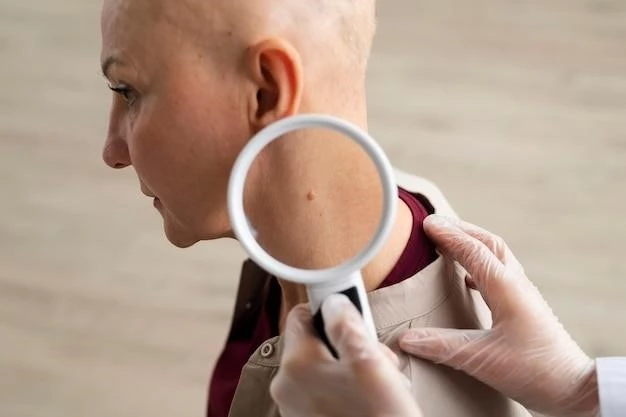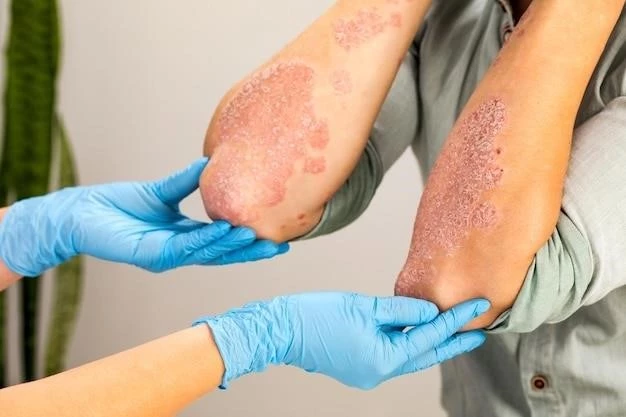Introduction
Porphyria Cutanea Tarda, Familial Type, is a rare inherited disorder causing skin blisters, hair growth, and liver damage. Learn more about its causes, symptoms, diagnosis, treatment, and complications.
Porphyria Cutanea Tarda, Familial Type is a rare genetic disorder characterized by skin blistering, hypertrichosis, and liver complications. Understanding the genetic basis, clinical presentation, and diagnostic methods is crucial for managing this form of the disease effectively. Explore more about the inheritance patterns, clinical features, and genetic implications associated with Familial Porphyria Cutanea Tarda.
Types of Porphyria Cutanea Tarda
There are two main types of Porphyria Cutanea Tarda⁚ Type 1 is acquired or sporadic, while Type 2 is hereditary or familial. Understanding these distinctions is crucial for proper diagnosis and management.
Main Classifications⁚ Acquired vs. Familial Forms
Porphyria Cutanea Tarda (PCT) can be broadly divided into two categories⁚ acquired (Type 1) and familial (Type 2). While the acquired form is more common, understanding the genetic basis of the familial form is essential for accurate diagnosis and tailored treatment strategies. Learn more about the distinctive features and implications of these classifications to effectively manage Porphyria Cutanea Tarda.
Overview of Porphyria Cutanea Tarda, Familial Type
Porphyria Cutanea Tarda, Familial Type is a rare genetic disorder with skin blistering, hypertrichosis, and liver complications. Understanding its clinical characteristics and management strategies is essential.
Key Features of Familial Porphyria Cutanea Tarda (F-PCT)
Familial Porphyria Cutanea Tarda (F-PCT) presents with distinct clinical features, including skin blistering, hypertrichosis, hyperpigmentation, and an increased risk of hepatocellular carcinoma. Understanding these hallmark characteristics is vital for prompt diagnosis and tailored treatment approaches.

Diagnosis
Diagnosing Porphyria Cutanea Tarda (PCT) involves clinical suspicion followed by confirmatory laboratory tests, including urine examination under a Woods lamp and skin biopsy. Proper diagnosis is crucial for accurate treatment planning.
Methods to Confirm Familial Porphyria Cutanea Tarda
To confirm Familial Porphyria Cutanea Tarda (F-PCT), diagnostic methods include urine examination under a Woods lamp for porphyrin fluorescence and skin biopsy for a definitive diagnosis. These tests help differentiate F-PCT from other skin conditions and guide appropriate treatment strategies. Understanding the diagnostic process is essential for timely intervention and management of this inherited disorder.
Causes and Risk Factors
Porphyria Cutanea Tarda (PCT) can be either inherited (familial type) or acquired due to various environmental factors. In both forms of PCT, there is a deficiency in the enzyme responsible for heme synthesis. Understanding these causes and risk factors is essential for proper management and prevention strategies.
Link Between Uroporphyrinogen Decarboxylase (UROD) Deficiency and F-PCT
Familial Porphyria Cutanea Tarda (F-PCT) is primarily caused by deficient levels of the enzyme UROD, where mutations in the UROD gene contribute to the development of this condition. Understanding this link is crucial for accurate diagnosis and tailored treatment plans for individuals with familial Porphyria Cutanea Tarda.
Treatment and Management
Effective treatment strategies for Porphyria Cutanea Tarda (PCT) include phlebotomy to reduce iron levels, avoiding triggers like alcohol and certain medications, and protecting the skin from sunlight. Management focuses on symptom relief and preventing complications.
Approaches to Address Symptoms of Familial Porphyria Cutanea Tarda
Addressing the symptoms of Familial Porphyria Cutanea Tarda involves treatments such as phlebotomy to reduce iron levels, protective measures against sunlight exposure, and avoidance of alcohol and certain medications that can exacerbate the condition. Understanding these approaches is essential for effectively managing the symptoms associated with Familial Porphyria Cutanea Tarda.

Genetic Implications
Explore how Familial Porphyria Cutanea Tarda (F-PCT) is linked to specific UROD gene mutations, inheritance patterns, and its relevance in the context of porphyria development. Understanding the genetic basis of F-PCT is crucial for diagnosis and treatment planning.
Inheritance Patterns and UROD Gene Mutations in F-PCT
Familial Porphyria Cutanea Tarda (F-PCT) is characterized by specific UROD gene mutations inherited in an autosomal dominant pattern; Understanding these inheritance patterns and genetic mutations is essential for diagnosing and managing Familial Porphyria Cutanea Tarda effectively.
Prevention and Outlook
Learn about strategies to prevent complications and the future outlook for Familial Porphyria Cutanea Tarda. Early diagnosis, symptom management, and lifestyle adjustments can help improve the quality of life for individuals with this rare genetic disorder.
Strategies to Prevent Complications and Future Perspectives on Familial Porphyria Cutanea Tarda
Preventing complications in Familial Porphyria Cutanea Tarda involves managing triggers, such as alcohol and certain medications, and protecting the skin from sunlight. Looking into future perspectives, advancements in genetic testing and personalized treatment options offer hope for improved outcomes and quality of life for individuals with Familial Porphyria Cutanea Tarda.
